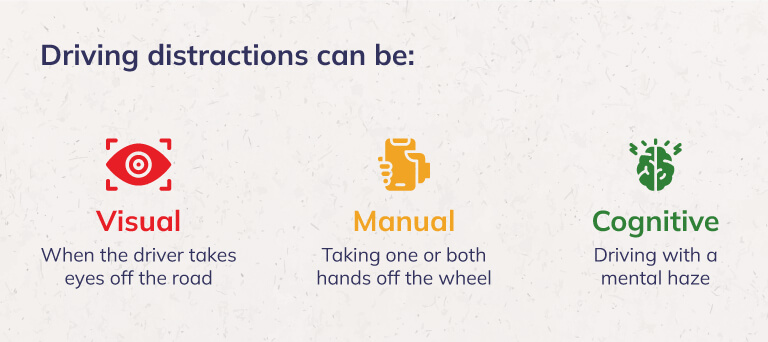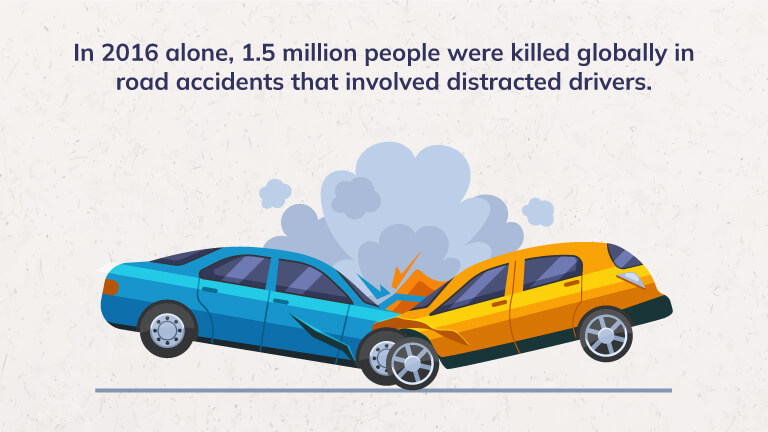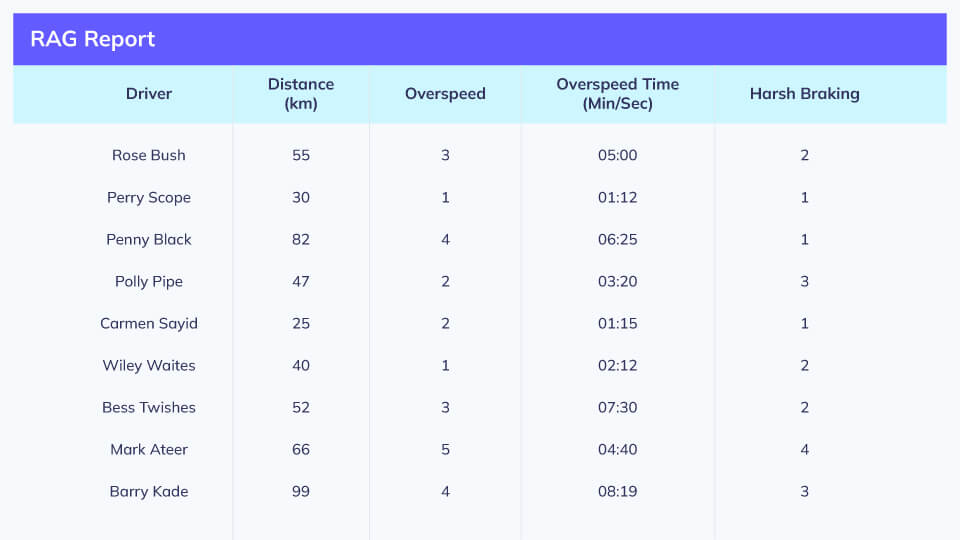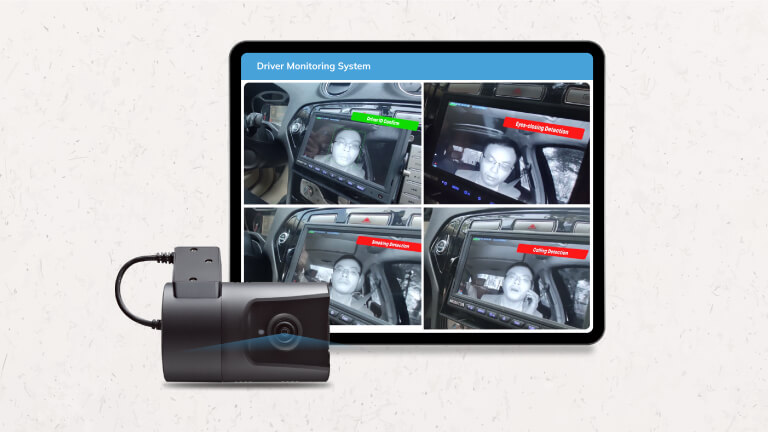Role of telematics in curbing distracted driving

What is distracted driving?
Mobile phones have become such an important part of our lives. While driving, drivers depend on their phones for directions, entertainment, or road cautionary. The urge to unlock and tap on to check what’s trending is irresistible. So much that drivers often feel okay to drive with just one hand or sometimes even no hands on the wheel. Driving distractions can be visual, manual, cognitive, or a combination of all three:
1. Visual: When the driver takes eyes off the road
Looking at your phone for 5 seconds to change the current soundtrack at 60 MPH means driving through a length that’s slightly greater than that of a cricket pitch—without looking.
2. Manual: Taking one or both hands off the wheel
Drivers who use their phones while driving often risk manual distractions. Taking hands off the wheel at a round-about, sharp curve, or a slippery road can be extremely dangerous.
3. Cognitive: Driving with a mental haze
An angry phone conversation is enough to weaken a driver’s focus. It reduces a driver’s capacity to respond to road emergencies.

What makes it a significant issue?
Thus, distracted driving is no longer just an irresponsible habit, but a significant public safety issue. It is no news that road deaths are rising. In 2016 alone, 1.5 million people were killed globally in road accidents that involved distracted drivers. With the increasing availability of mobile phones, distracted driving has become one of the leading causes of road fatalities. In the United States, 800,00 distracted drivers flood the roads of the nation–every day. Even strict enforcement of laws has not reduced the risk of distracted drivers. As for now, mobile phones and in-vehicle information systems continue to hinder safe driving practices.

It is but natural to assume that strides made toward autonomous driving will make cars safer than ever. Virtual driving assistance systems, lane departure, or forward-collision warnings help drivers navigate confidently. Yet research tells a whole different story. 75% of surveyed drivers believe it’s very unlikely that they will crash their vehicle by texting while driving. In a European National survey, 25% of the participating vehicle owners, who use forward collision warning systems, reported feeling comfortable engaging in texting while driving.
How does telematics help?
Safer fleets won’t make our roads safer. But safer drivers will. According to NHTSA, 94% of all collisions are caused by driver error. To limit this, fleet managers are actively using telematics to produce driver scorecards and recognize safe drivers.
It feels ironic to use more technology to solve a technological problem. But it’s true. Telematics can help solve distracted driving. Telematics in its nascent stage had limited utility: vehicle tracking and route optimization. But telematics has certainly evolved. With the help of sensors, cameras, and a software to display analytics, today, anyone can identify unsafe driving behaviors. These can range from harsh braking, and idling to unclipped seatbelts and distracted drivers!
1. Data-based monitoring
A good telematics platform will allow you to track drivers without overstepping the bounds of privacy. It will generate comprehensive data and filter that into practical analytics. Harsh braking or sudden shift to a lower gear is the easiest way to identify a distracted driver. With the help of GPS and wireless communication mediums, drivers will get alerts when they apply brakes too often.

On the flip side, fleet managers can use alerts and other driving analytics to create scorecards. These driver ratings consider a range of factors like average speed, economy, instances of distraction, and more. Hence, giving a comprehensive overview of driving patterns. Using telematics technology, data from individual drivers can be obtained and be used for coaching. This way, businesses can really drill down on poor drivers and make sure they are ready for long driving hours.
2. Video-based monitoring
Driver monitoring system (DMS), also known as driver attention monitor, is an exceptional tool to track driver’s attentiveness and other in-fleet activities. It uses cameras that include infrared detectors and can detect a diver’s facial and also eye movements. This system gives unbelievable visibility and helps businesses check on their drivers—especially on longer trips. If any driver is not attentive and has eyes off the road, the system will warn the driver. Real-time alerts help drivers regain their focus and are a great way to reinstate safer driving practices. This is especially relevant for the trucking and commercial fleet, as these vehicles are usually on the road for long hours. Sometimes, just a simple nudge can prevent fatal accidents.

A diver monitoring system is an effective tool, yet concerns surround it. Drivers are skeptical and fear privacy infringement because of constant monitoring. To be fair, it is daunting to have a superior record and watch every single move in the vehicle. It can feel a lot like Big Brother. To address this issue, service providers must adhere to European Union regulations. Under these regulations:
- Systems cannot keep data other than what is necessary and aligned to the purposes of collection
- Data cannot be made accessible to third parties at any given time
- Systems must be designed to avoid overlap. It cannot be used to prompt drivers in a confusing manner where one action triggers multiple systems
Businesses can educate drivers about their rights and privacy regulations and also use this as an opportunity to build trust. The goal of a driver monitoring system is to maximize safety–and that needs to be spelled out to the drivers of your organization for transparent and trustworthy operations.
In a nutshell:
Of course, telematics is good news. While technology is the primary reason for distracted drivers, it can also be the solution if deployed right. With data and video-based monitoring, you can easily identify distracted drivers. The education-based approach of a telematics platform helps you coach and reward good driving behaviors. It can even help drivers understand safety risks. Telematics can foster transparency and also can be an intrinsic motivator—helping drivers stay off their phones. Telematics provides feedback to drivers on their overall driving habits, so they learn to practice safer driving (less hard braking, less tailgating). Besides, telematics can help with safer routes and even maintain safer vehicles.

